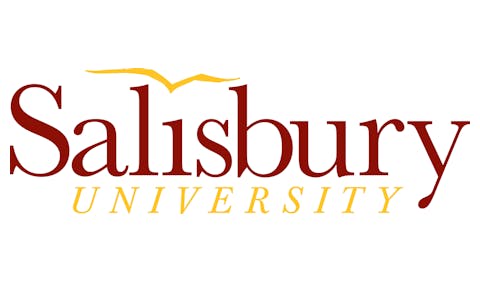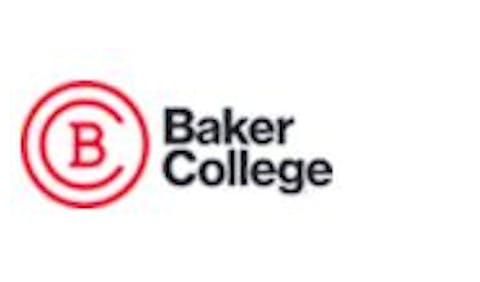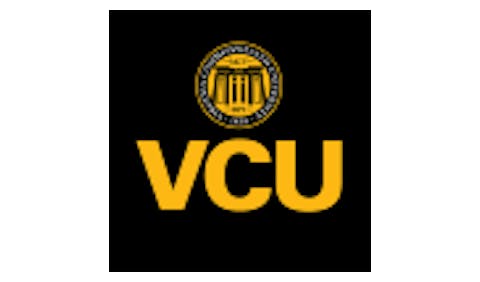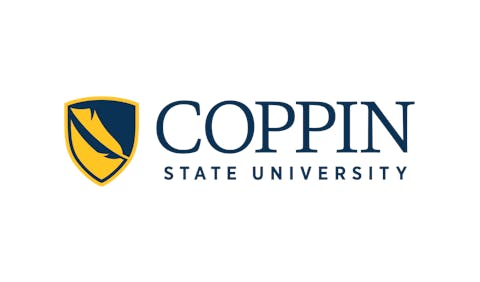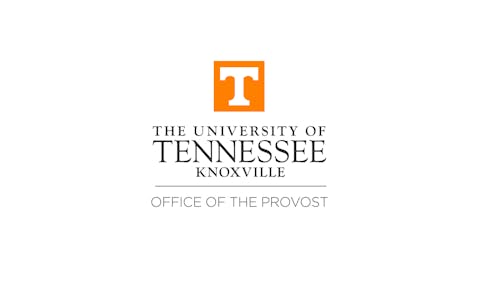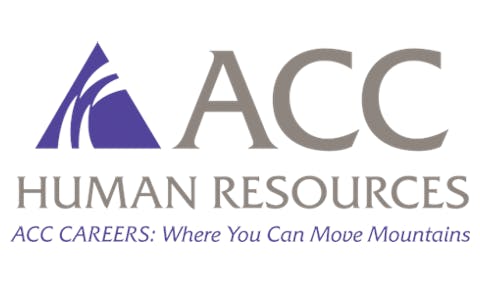I spent a week at the Hazelden Betty Ford Addiction Treatment Center in Rancho Mirage, California. No, not as a patient, but as a member of the Summer Institute for Medical Students Program (SIMS). Here’s what I learned:
Hazelden Betty Ford is the nation’s largest nonprofit addiction treatment center and their goal is to address substance misuse utilizing the bio-psycho-social model of care and 12 step programs. Patients are provided mental health resources including cognitive behavioral therapy, dialectical behavioral therapy, anger management, group therapy, and more. Patients are encouraged to participate in meditation, yoga, and are even given a dietician and a personal trainer to improve their overall health and wellness. Hazelden Betty Ford offers in-patient and intensive outpatient treatment as well as family and children’s programs for the loved ones of those with substance use disorder. Their motto is “If not us, then who?” 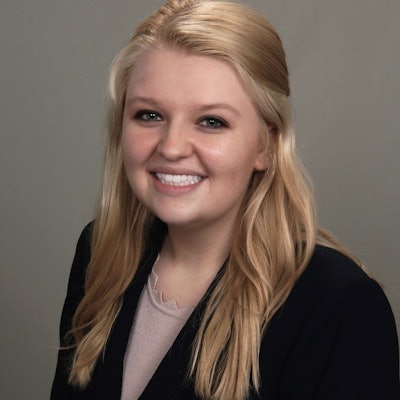 Dr. Brittany Ladson
Dr. Brittany Ladson
Our week long experience was funded by The Betty Ford Foundation whose goal is to raise awareness, stimulate interest, and sensitize professionals to the process of recovery for substance use disorders and their family members. The SIMS program is unique in that, instead of participation in a classroom setting, students learn by integration into the daily life of the patients. It has long been said the best way to help those not addicted understand the recovery process is to let them see it happen and this program did just that.
We were 15 allopathic and osteopathic medical students from 15 different universities all out in Palm Desert to learn more about the disease of addiction. Many of the students had personal or family histories of substance use disorder, while other’s exposures were from drunk drivers taking the lives of their loved ones. For me personally, my exposure was through research I have been conducting in the understanding of vaping and opiate misuse disorder in high school students and an additional project studying EM residents Naloxone rescue kit prescription habits to patients who have overdosed. I had imagined participating in this week would help me learn what more I can do for my future patients, but as the week progressed, I saw myself aligning more with the patients themselves.
At the beginning of the week, it was clear that the medical students were seen as outsiders looking in during the patient’s small group therapy. Many of the patients expressed they felt like “lab rats” while we listened to their stories without actually experiencing addiction ourselves. As the week progressed, patients and students began fraternizing at meal times and in the hallway in between sessions. It was astonishing how fast the patients went from feeling like strangers to people we knew for a lifetime. It was like learning about a patient by looking through a keyhole- having a short period of time to understand all the things they think about and have experienced. At the end of the week, I didn’t feel like I was leaving a small group of four patients in recovery, I felt like I was leaving a creative artist, an intelligent future RN, a strong businesswoman, and a caring mother. It truly shows you that addiction is ubiquitous. It is just like gravity, it is all around us. Addiction is an equal opportunity disease.
Our experience in group therapy was becoming a shared experience. I was learning to treat the patient, not just the disease. Patients in rehab are so generous; they really taught us so much and answered so many of our questions better than any textbook could. Doctors spend a lot of time with patients during their lifetime, but very rarely in this capacity. The experience was transformative for the patients as well. Many times patients expressed that they have felt that doctors have not done anything for them in the past. Some patients also expressed hatred of rehab centers because they see it as doctors making money off of their addiction and then sending them off into the world to relapse and present back to rehab. Having future physicians in the room pledging to be a force of change for the future of addiction medicine helped change their perspectives. Patients will see doctors differently and doctors will see their patients differently because of this experience.
Further, the most commonly stated wish expressed by the patients during the week was to take care of ourselves. They all understand how hard it is to complete medical school and work as a physician for the rest of our lives. It is too easy to chase prestige and work yourself to exhaustion. Many patients expressed a similar reason for ending up with a substance use disorder and they didn’t want to see that for the next generation of working professionals. The patient whose words most resonated with me on this subject was an emergency medicine physician in treatment for opiate use disorder. He knows better than anyone what the challenging world of medicine can do to a person. He reminded me that my life comes before my career no matter what. All it takes is one left step or one right step for you to become a patient at Hazelden Betty Ford.
As many of the patients describe during their experience at Hazelden Betty Ford, you can feel like you are in a bubble, shielded from the temptations of the outside world. Patients lovingly refer to this as the “Betty Bubble.” Patients all express concern with being able to apply what they have learned at the center to their real life situations. I, too, have been in the Betty Bubble during the week. I have learned so much but what if I cannot apply it to my real life situations in my residency program, my hospital system, and beyond? Then was going to rehab really worth it?
As a newly matched emergency medicine resident, I resonated with so much during the week. The emergency department is the place where you will see patients with substance use disorder in their most chaotic state. These patients may also be labeled “frequent flyers.” A patient raised an excellent point that emergency department doctors and nurses will become curious when a patient with a substance use disorder stops presenting to the ER. It’s rare they assume the patient is in recovery; instead, they would assume they overdosed and died. However, that patient’s spot in the emergency department will surely be replaced by another member of the community experiencing addiction and the cycle of judgement by healthcare staff continues. Instead of applying derogatory terms to patients and making light of their addiction, we can be a force of good in their life. As a future emergency medicine physician, I have the power to connect patients to local resources, provide Naloxone rescue kits, and educate family members accompanying the patient on what it means to have addiction. Hospitalizations are a time when patients most likely evaluate their lives and health and if we can offer some wisdom during this time we could help change outcomes. Addiction medicine is truly preventative medicine- it prevents cirrhotic and steatohepatic disease, blood borne illnesses, necrotizing fasciitis, and so much more. We must not undermine the impact we can make in these critical moments.
Moreover, I reflected on the volume of patients seen in the emergency department who experience addiction (whether it is their chief complaint or a long term repercussion). A profound amount of patients experience substance use disorder, including many communities where they make up the majority of ED patients. However, we spend a disproportionate amount of time, education, and health care dollars on learning and treating other conditions. There are so many ways the health care system can better serve patients. Ways we can do this is ensuring that an addiction medicine consult service is available in every hospital. We must also understand the intersectionality of other addictions, most prominently food and nicotine addiction. Addiction is a disease that responds to treatment. We must offer services to all patients no matter how many times it has taken them to accept help. Who’s to say that attempt number 30 isn’t the one that will finally work? In the ER, we see a snapshot of one’s addiction but it is important to remember their entire story and that we can change their ending.
In addition to what can be accomplished in the hospital, there is so much we can do at the medical school level to improve outcomes for patients with substance use disorder. I would like to see medical schools require students to attend in alcoholic or narcotics anonymous meetings. It’s one thing to connect a patient with their local AA group, but it is another to share with them what they can expect to experience. And, most importantly, attending an AA or NA meeting shows solidarity in the fight against addiction. I also solidly believe in the power of the experiential learning model. The SIMS program provides the opportunity to learn what rehab centers really look like, what programming is offered, and how it is implemented. Rehab is more than yoga, meditation, and therapy. There are didactic sessions, community fellowship, and so much homework in completing the 12 steps. Rehab is truly two experts coming to the table and treating a disease. The patient is an expert on themselves and the therapist is an expert in counseling. If a patient is apprehensive about attending rehab, being able to share your personal experiences might have profound persuasion.
We also received camel pins just like patients do on their first day in rehab. In AA, camel pins represent how a camel picks up its load at the beginning of the day, holds its head high, stays dry the entire day, and then goes to its knees at the end of the 24 hour period. The same concept applies to sobriety in that you can avoid alcohol and other substances for a 24 hour period. You too can stay dry for a 24 hour period. Sobriety happens one day at a time. Just like many healthcare professionals wear pins to show their solidarity with Black Lives Matter and the LGBTQ+ community, wearing a camel pin can show solidarity with those experiencing addiction. For patients who do not recognize the significance of the camel, it will be a great conversation starter and will help spread the message that recovery is possible. I plan to wear my camel pin through residency and beyond to show support for those struggling in the community I am serving.
At the end of the week, while leaving the center, I couldn’t help but notice the profound physical and architectural barriers that keep the rehab center away from public eyes. The 12 feet tall shrubs, security officers, and gates at the front all create privacy in a way that is more profound than any other medical facility type. The Eisenhower Health Center shares the same parking lot as Hazelden Betty Ford but they do not have more than palm trees in their parking lot. Of course HIPPA applies in all medical settings, but there is a deeper reason for Hazelden Betty Ford’s privacy. There is a very different perception for patients walking into addiction treatment centers verses a cardiology office. The implications it can have on your career and your perception in society can be overwhelming. However, you truly never know who is experiencing addiction and stereotypes will never apply accurately. I understood this best when I learned that nearly all the counselors and medical staff who work at Hazelden Betty Ford are in long term recovery themselves.
After our final day in the program, myself and the other medical students decided to explore the city of Palm Springs and enjoy fellowship among each other. Even this celebratory part of the week had deep implications for me. If you practice addiction medicine, should you feel guilty for having an alcoholic beverage when you are off the clock? When I asked this question to one of the addiction medicine fellows, he replied, “The same concept applies if you work with diabetics and have dessert after work. Or if you work with heart attack patients and then have a salty dinner.” For someone in recovery, 1 drink is too much and 100 drinks is never enough. I believe doctors have an obligation to their patients to lead by example but must also remember to appreciate that we do not have the disease of addiction.
During this week, my world view changed and now it is my job to take what I have learned and change the world. The SIMS program builds an army. We will be a ripple in the water of addiction medicine. We will help keep patients stay alive long enough to get the relief they are looking for. We will love patients until they can love themselves. SIMS helped complete my education. We have so much textbook education, but now we have the stories of the patients behind it. We learned to listen, not to respond, but to truly hear our patients. We stopped thinking with our heads and started thinking with our hearts. The opposite of addiction is not recovery, it is connection.
On someone’s first year anniversary of recovery in AA, all meeting attendees sing Happy Birthday to their sobriety. One year from now, I will be celebrating the anniversary of my attendance in the SIMS program and just like in AA, I will be celebrating by singing Happy Birthday. I hope to be reflecting on all the good I was able to do, all the patients I was able to help, and excited for all the great things I have planned to help fight addiction.










